Karubi: The King of Yakiniku
Ask anyone in Japan about yakiniku, and chances are the first word they will say is “Karubi.” This cut of beef has become the symbol of yakiniku dining, loved by families, students, and gourmets alike. But surprisingly, Karubi as we know it today is not an ancient tradition-it is the result of cultural exchange, post-war innovation, and Japan’s evolving taste for beef.
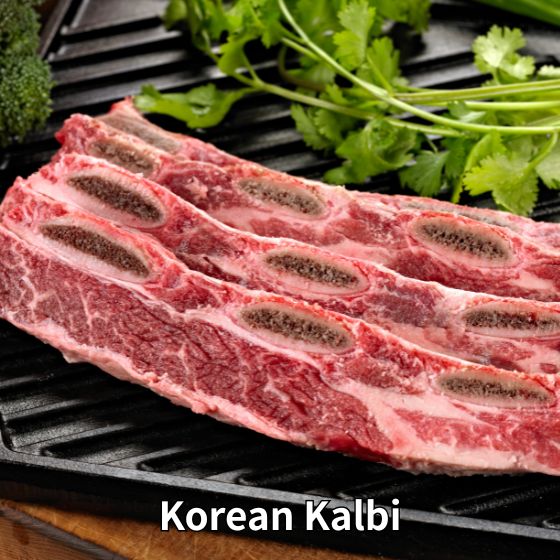
The term “Karubi” originates from the Korean word galbi (갈비), which literally means “rib.” In Korea, galbi referred to bone-in short ribs, usually marinated in a sweet soy-based sauce and grilled over charcoal. It was a celebratory dish, often enjoyed at special occasions or family gatherings.
When this concept was brought to Japan after World War II, it underwent a transformation. What started as bone-in short ribs eventually became boneless slices of beef belly, adapted to Japanese dining culture. From there, Karubi grew into the nation’s most iconic yakiniku dish.
Post-War Japan and the Rise of Yakiniku
After 1945, Japan’s food culture changed dramatically. With the arrival of surplus meat from the occupying forces and the influence of Korean immigrants, yakiniku restaurants began to appear in cities like Osaka and Tokyo. At first, these establishments were known as horumon-yaki-grilled offal. Offal cuts were inexpensive, filling, and provided much-needed nutrition during difficult times.

But soon, beef belly cuts began to take center stage. With its balance of meat and fat, belly meat offered a rich flavor that paired beautifully with Japan’s developing style of soy-based tare sauce. Customers quickly fell in love, and “Karubi” became the star attraction of yakiniku menus across the nation.
By the 1960s and 70s, as Japan’s economy grew, yakiniku was no longer just for workers or immigrants-it became a mainstream family dining experience. Karubi symbolized this shift: a cut of beef that everyone could enjoy together, from children to grandparents. The phrase “Let’s start with Karubi!” became a ritual at yakiniku restaurants, a tradition that continues even today.
From Bone-In to Boneless
One of the most important changes that happened in Japan was the move from bone-in galbi to boneless Karubi. Japanese diners valued convenience and group dining, and removing the bone made Karubi easier to cook quickly on tabletop grills. Thin slices of belly meat became the standard, allowing for faster grilling, sharing, and more frequent ordering during a meal.
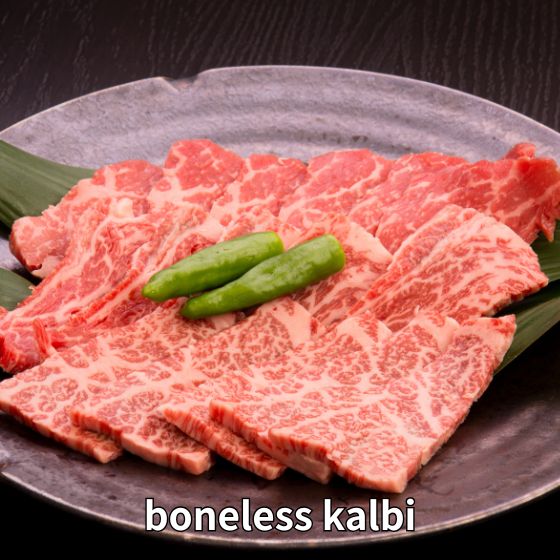
Butchers also began to classify different parts of the belly, creating unique variations of Karubi. Cuts such as San-kaku Bara (triangle belly) and Kainomi (flap meat) offered different textures and marbling, giving customers more choice and encouraging them to explore beef in greater depth.
The Golden Age of Fatty Karubi
During the height of Japan’s economic growth, marbled Wagyu belly became a luxury item. Restaurants introduced “Jo Karubi” (premium Karubi) and “Tokujo Karubi” (special premium Karubi), featuring heavily marbled short plate slices. These cuts melted in the mouth and symbolized indulgence. For many, eating fatty Karubi with rice and beer was the ultimate reward after a long week of work.
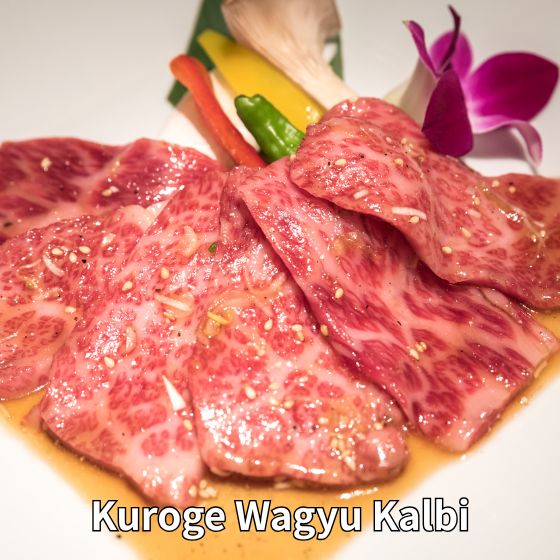
For decades, fatty Karubi represented the very essence of yakiniku. It was rich, satisfying, and undeniably delicious. But as Japan’s society continued to evolve, so too did its preferences at the dining table.
A Shift in Taste: From Heavy to Healthy
In recent years, Wagyu cattle have grown larger compared to a generation ago. While this results in more marbling overall, it also means that belly cuts have become fattier than ever before. What was once a luxurious, flavorful balance of fat and meat can now feel overwhelming for many diners.

At the same time, Japanese consumers-and indeed global visitors-have become more health-conscious. Diners increasingly seek cuts that are lighter, easier to digest, and healthier while still delivering a satisfying Wagyu experience. The traditional short plate Karubi, with its heavy fat content, no longer aligns perfectly with modern tastes.
Kuro5’s Philosophy: Redefining Karubi
This is where Kuro5 stands apart. Instead of following the conventional path of using fatty belly for Karubi, we chose to innovate. At Kuro5, we proudly serve Wagyu Ribeye as our Karubi.
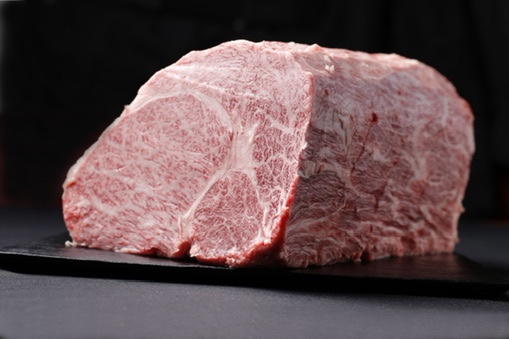
- Lighter than belly – Ribeye has balanced marbling without overwhelming fat.
- Healthier choice – Perfect for guests who want to enjoy Wagyu without heaviness.
- Melt-in-your-mouth texture – Ribeye delivers tenderness and luxury equal to, or even greater than, traditional Karubi.
In short, Kuro5 has redefined Karubi for the modern era. We respect the history of Karubi as a post-war icon, but we also embrace today’s dining trends, offering a version that feels indulgent yet refreshing. It is a Karubi that both locals and international guests can enjoy without hesitation.
The Karubi Experience at Kuro5
Dining at Kuro5 is more than just eating beef-it is about experiencing Japanese hospitality. Our staff act as your “Yaki Bugyō” (Grill Masters), ensuring every slice of Karubi is grilled perfectly. Ribeye Karubi is cooked to achieve a charred exterior with a tender, juicy interior, highlighting the umami of Wagyu without overwhelming fattiness.
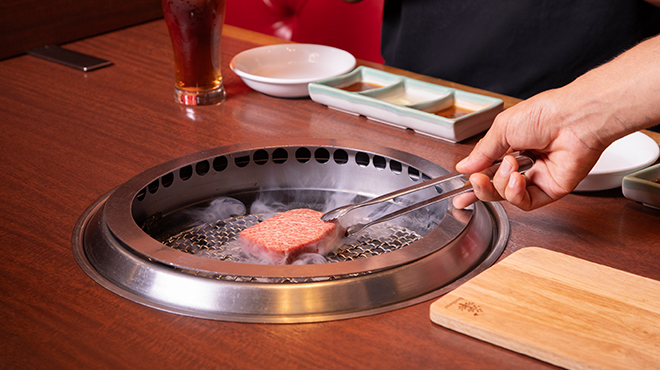
We also encourage guests to try Karubi in different styles:
- With tare sauce – the classic Japanese flavor, sweet and savory.
- With salt – to fully taste the natural Wagyu umami.
- With wasabi – our special recommendation, balancing richness with sharp freshness.
This versatility makes Karubi a dish that never gets old, no matter how many times you visit.
Conclusion: A Tradition Reimagined
The journey of Karubi reflects the journey of Japanese dining itself. From its Korean roots as bone-in galbi, to its rise in post-war Japan as belly meat, to its golden age as fatty Wagyu short plate, Karubi has always evolved with the times.
Today, however, the story continues. At Kuro5, we believe that Karubi must adapt to modern tastes. By using Wagyu Ribeye, we have created a Karubi that is lighter, healthier, and yet still indulgent. For international guests visiting Tokyo, it is a chance to taste both the history and the future of yakiniku in one unforgettable bite.
If you are in Kabukicho, Shinjuku, don’t miss the opportunity. Begin your yakiniku journey with Kuro5’s Wagyu Ribeye Karubi-you may find it redefines what you thought Karubi could be.
Kuro5 Restaurant Information
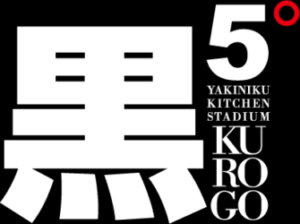
Wagyu Yakiniku Kuro5
IKEBUKURO Main Restrant
1F Shima 100 building ,2-46-3, Ikebukuro, Toshima-ku , Tokyo 171-0014
https://en.kuro5.net/restaurant/honten
Wagyu Yakiniku Kuro5
IKEBUKURO East Exit Restrant
2F Need Building, 1-42-16 Higashi-Ikebukuro, Toshima-ku, Tokyo 170-0013
https://en.kuro5.net/restaurant/higashiguchi
Wagyu Yakiniku KURO5
Kabukicho
1F Sankei Building, 2-21-4 Kabukicho, Shinjuku-ku, Tokyo
https://en.kuro5.net/restaurant/kabukicho
Official Instagram: @kuro5yakiniku




